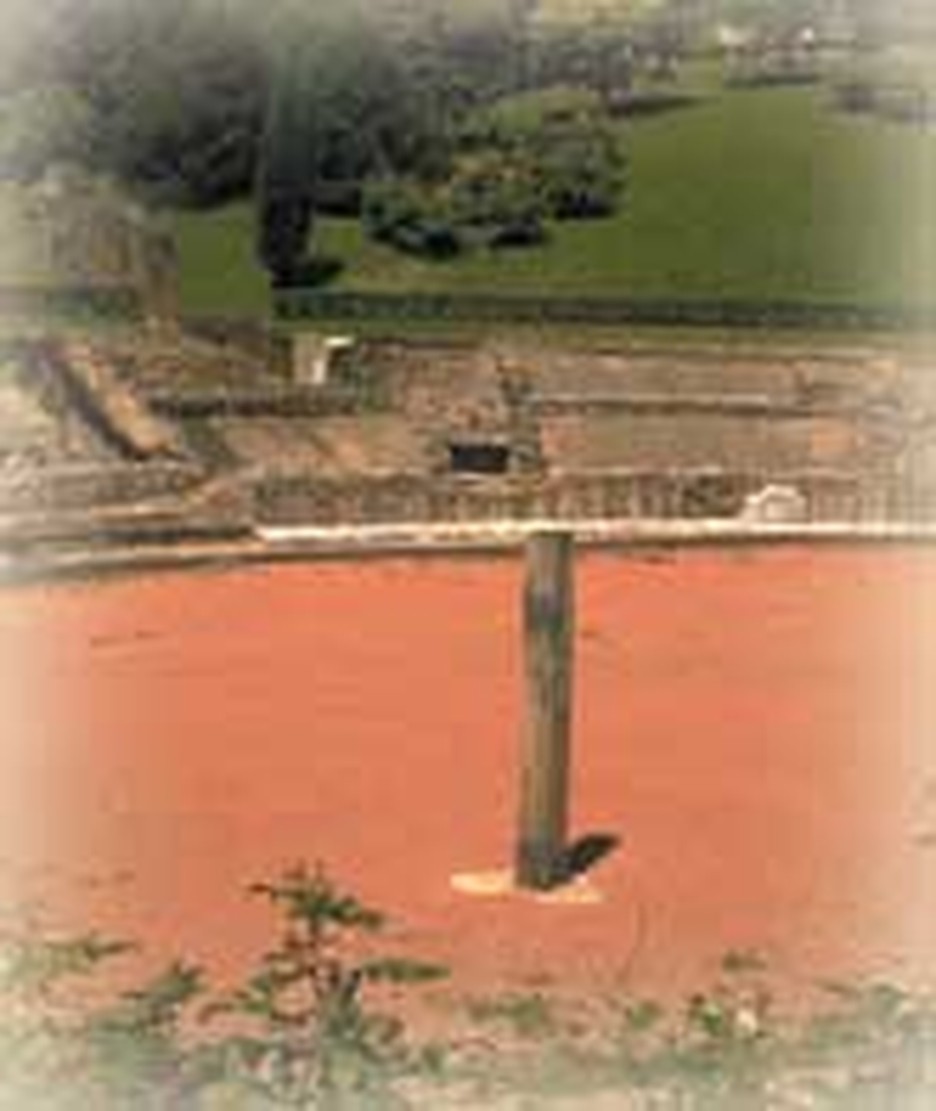
The mob in the amphitheater roared. This day, August 1, 177 was a holiday to celebrate the greatness of Rome.* For entertainment, the people of Lyons were enjoying watching the torture of members of a vile sect called Christians.
The governor of Gaul was expected to show his patriotism by sponsoring entertainment for the whole city. It was expensive to hire gladiators, boxers and wrestlers. It would be a lot cheaper to torture Christians for holiday entertainment!
Christianity had come to Lyons about 25 years earlier when Polycarp of Smyrna (in modern Turkey) sent Pothinus as a missionary to Gaul (modern France). Through diligent work, Pothinus established church groups in Lyons and nearby Viennes. As the groups grew, spiritual resistance mounted, and persecution of Christians began. They were shut out of businesses and houses. Mobs beat, stoned and robbed them. In spite of the fate they faced, when believers were arrested by city authorities they boldly confessed their allegiance to Christ.
In 177, some Christians were imprisoned to await the arrival of the governor to the region. Their unbelieving servants were also seized. Under threat, they invented lies about the Christians--saying they practiced cannibalism and incest. These accusations enraged the authorities and gave them an excuse to punish the Christians.
The Christians were confined in the darkest and nastiest part of the prison where many of them suffocated. Pothinus, the 92-year-old bishop of Lyons, died in his cell after torture. His cell was about the size of a modern electric dishwasher.
The torturers placed some Christians in stocks; they placed others on a red hot-iron grill. After torture, they took some of the Christians to the amphitheater for wild beasts to devour as the crowd watched. Among that group was the slave girl Blandina, who had already endured every imaginable torture and cruelty. She was suspended on a stake and exposed to the wild beasts. Because she appeared to be hanging on a cross, she inspired the other Christians. When they looked at her they were reminded that Christ was crucified for them and that everyone who suffered for Christ's glory would enjoy eternal fellowship with him.
In the midst of her pain and suffering Blandina cried out, "I am a Christian and there is nothing vile done by us." Although the crowd detested the Christians, they had to admit that they had never seen a woman endure so many terrible tortures. She died comparing her death to marriage since she was going to her bridegroom, Christ.
Sanctus, a deacon from Vienne also stood firm in his faith, even when red hot plates were fastened to the most tender parts of his body. He was an example for the other victims, showing that "nothing is fearful where the love of the Father is, and nothing is painful where there is the glory of Christ." With such hope, the Christians exhorted and encouraged each other in the faith to the end.
Their tormentors exposed their bodies for six days, and then burned them to ashes and thrown into the Rhone river. They threw the bodies of those who suffocated in prison to the dogs, and stationed guards to prevent other Christians from burying them. By doing this, the pagans hoped to destroy any hope of resurrection.
*The date may well be wrong. Other than a Festival of Ceres, I find no Roman holiday or festival in the calendar for this day.
Bibliography:
- Adapted from Glimpses #51 "Blandina." Worcester, Pennsylvania: Christian History Institute.
- Aland, Kurt. Saints and Sinners; men and ideas in the early church. Philadelphia: Fortress Press, 1970.
- "The Persecution and Martyrdoms of Lyons in 177 AD." http://www.christianhistorytimeline.com/earlychurch/lyons.shtml
Last update June, 2007








